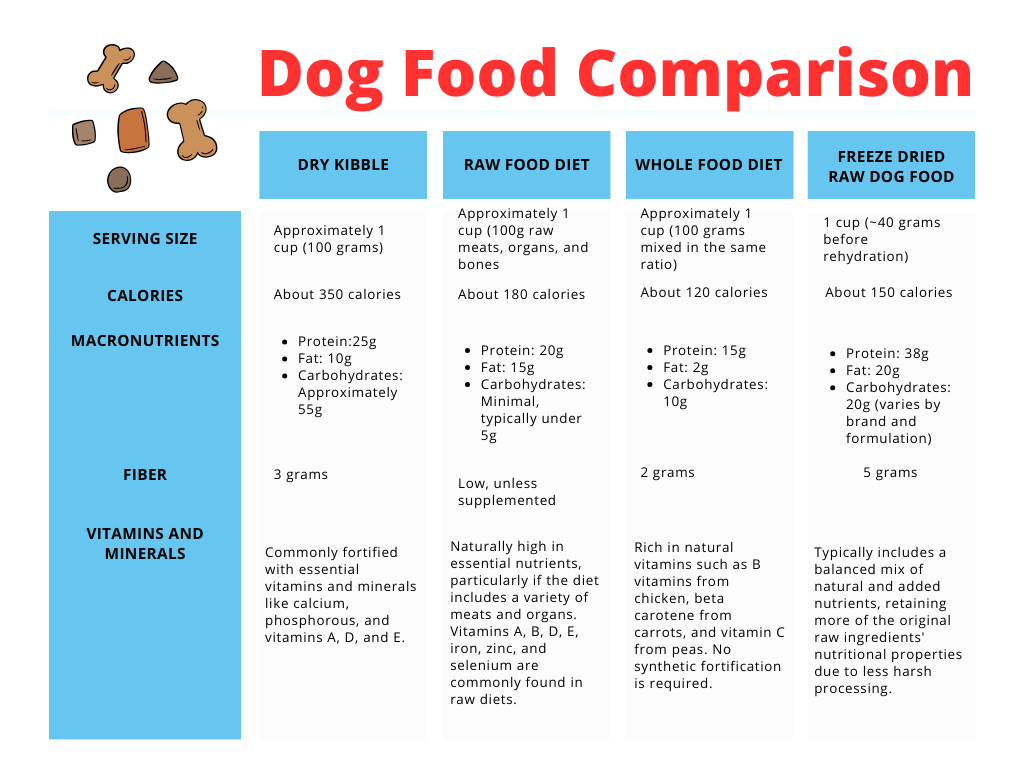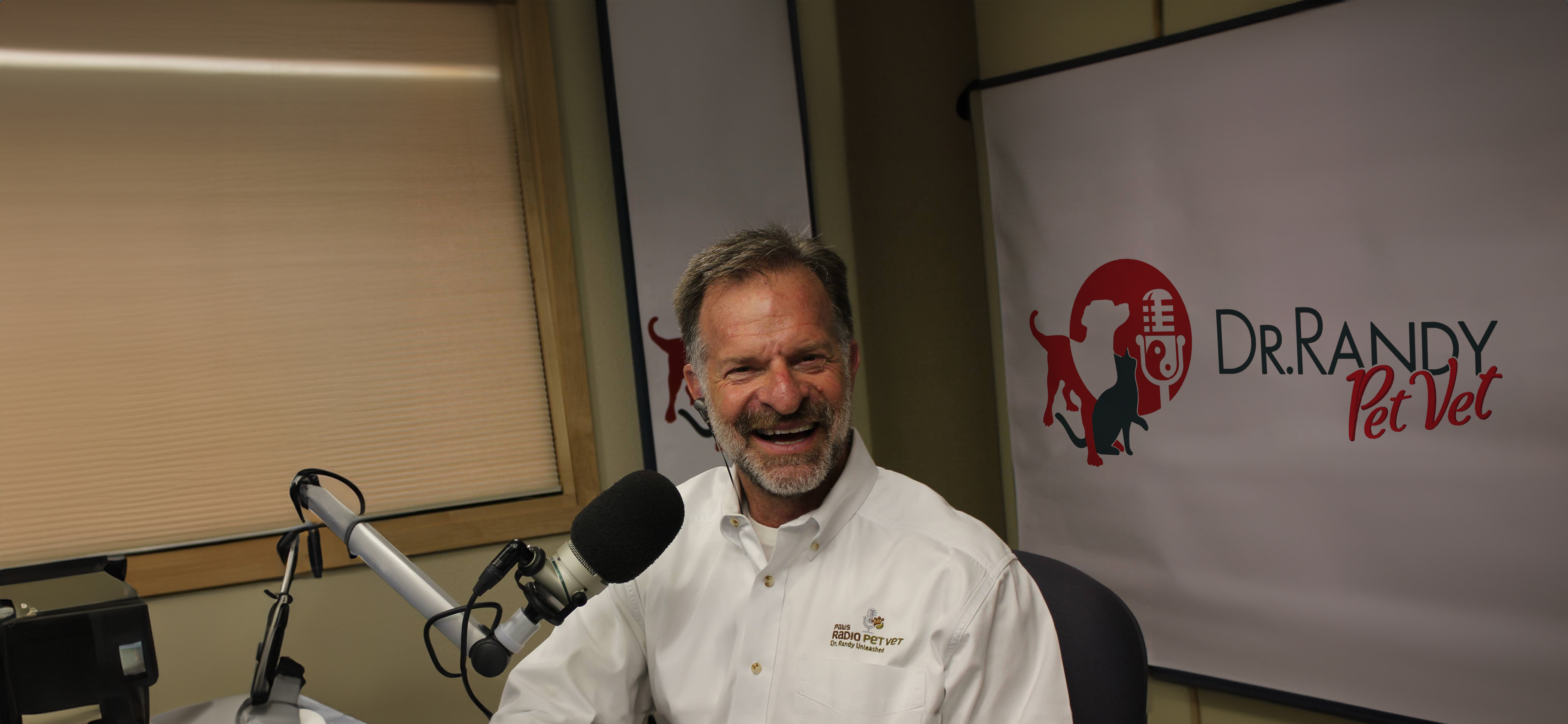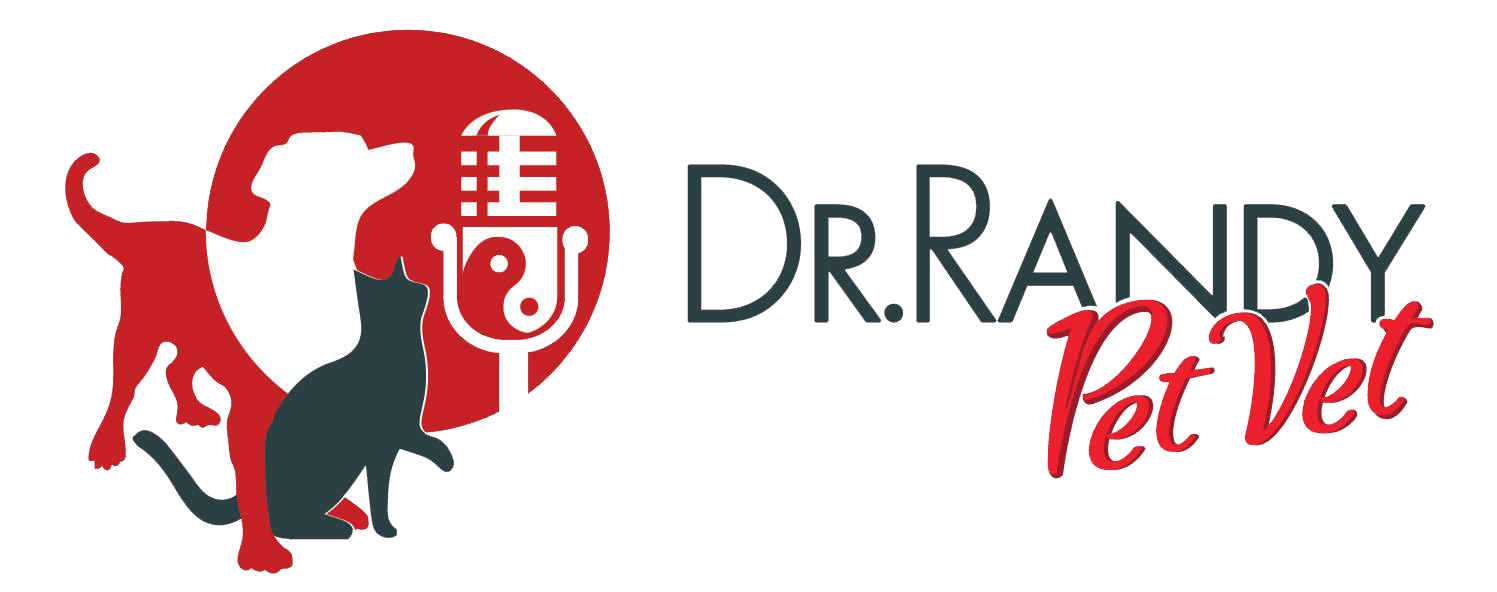Does diet really make a difference in health, longevity, and overall wellness?
When I first started in veterinary medicine, the average life expectancy of a golden retriever was 13. Now, that number has dwindled down to 7. While the number may not be quite as stark among other breeds, the average life expectancy for both dogs and cats is quickly diminishing.
In my practice, I have witnessed a sharp rise in the number of dogs and cats diagnosed with cancer, or suffering from chronic joint pain, gastrointestinal issues or allergies. And while bad breeding or breeding for specific traits and not for health may be partially to blame, we see the same issues in mixed breed dogs and cats.
One of my greatest passions is in educating people – which is why I came up with a mnemonic to help people remember 4 important components of integrative health:
P – Proper diet and microbiome
E – Exercise
T – Training and socialization
S – Stress reduction
I want to take time to go through each of these slowly, so for today we’ll focus solely on just that first half of the “P” – Proper Diet.
Proper Diet Overview
I want you to pause for a moment and think about everything you ate today. Perhaps you started your day with a bowl of cereal. Maybe you had an apple and some carrots to snack on in the morning, and a handful of chips in the afternoon. When you think through everything you ate today, what percentage of that food was whole foods, and what percentage was processed?
According to recent data, 59% of what we eat (humans, that is) is processed. It’s no wonder we are deficient in vital nutrients and minerals as processed foods strip out the nutritional value, but leave the calories which means we are full, but not nourished.
For pets, that number is much, much worse. 84% of a pet’s diet is processed food. And I would argue in most cases that number is much higher. In fact, if your pet eats almost exclusively kibble with an occasional dog treat or table scrap, their diet is almost entirely processed foods.
What’s Wrong with Kibble?
Kibble, the most common form of commercial pet food, often loses its nutritional value through the manufacturing processes it undergoes. The main steps involved in producing kibble can significantly impact the integrity of its nutrients. If you’ve never watched a video on this process, I would urge you to do so as it will be eye-opening. Here’s a quick overview of the process:
- Ingredient Selection
The base ingredients in kibble usually include various meats, grains, legumes, and vegetables. However, the quality of these ingredients can vary greatly. Often, the meat used in kibble is much lower quality than human-grade meats; it may include meat by-products or meals, which are less nutritious parts of animals not typically consumed by humans. It’s also often filled with meat that should be discarded because it has been ravaged by tumors or truly inedible in every sense of the word.
- Grinding and Mixing
The selected ingredients are ground up and mixed together to form a dough-like consistency. At this stage, the mixture includes not only the primary ingredients but also vitamins, minerals, and other nutritional additives intended to balance the pet food.
- Cooking (Extrusion)
The core of the nutrient loss occurs during the extrusion process. Extrusion involves cooking the mixture under high temperature and pressure. While this process is efficient for mass production and ensures the dough is cooked uniformly and pathogen-free, the high temperature and rapid cooking degrades heat-sensitive nutrients like vitamins, fatty acids, and amino acids, which are essential for your pet’s health.
- Enrichment with Nutrients
Due to the loss of nutrients in the extrusion process, manufacturers often spray the kibble with vitamins, minerals, and sometimes flavor enhancers after it has been cooked and dried. This step is necessary to replenish nutrients that were destroyed during cooking and to meet the nutritional standards set by pet food regulatory agencies.
- Drying and Cooling
Post-extrusion, the kibble is dried to remove moisture, which helps in preserving it and extending its shelf life. Additional nutrient loss can occur during this phase if the drying temperatures are too high.
- Packaging
Finally, the kibble is packaged in a way that minimizes exposure to air and light, which can further degrade nutrients over time, especially fats that may become rancid when oxidized.
The primary concern with this process is not just the loss of nutrients but also the potential alteration of the bioavailability of the remaining nutrients. The physical and chemical changes that ingredients undergo during high-heat processing can affect how well nutrients can be absorbed and utilized by the pet’s body. Additionally, the need to add synthetic nutrients back into the food after processing raises questions about the comparability of these nutrients to their natural counterparts in terms of health benefits.
So the question I get asked most often when I tell people kibble is not great for pet health is –
What should I feed my pet?
There are 4 basic options when it comes to pet food: Kibble, Raw Food Diet, Whole Food Diet, and Freeze Dried Food. This may seem like a very basic statement, but not everyone knows that we do not digest foods the same way animals do. We are true omnivores – and while dogs and cats are omnivorous, they are predominantly carnivores.
If you take a moment to think about their wild counterparts (wolves, wild cats) you’ll note they eat a diet rich in animal protein. Proteins are crucial for various bodily functions, including growth, tissue repair, immune function, and overall energy. They also need a lot of fat to support skin and coat health.
Cats and dogs do not digest carbohydrates the same way we do because the only true source of carbs in wild animals is that which exists in the digestive tract of their prey (and maybe an occasional forage through a berry bush, or some grass). Rice, corn, soy, potatoes, and wheat are all inflammatory because they turn into sugar and fat and do not provide a dog or a cat the nutrients they need to thrive.
With that in mind, I want you to go look at whatever you are feeding your dog or cat and read off the ingredients. Most commercial food contains all of the things I just listed – corn, wheat… and plenty of additives.
Here’s a comparison chart to highlight not all food is created equal.

Nutritional Comparison and Insights:
Nutrient Density: Freeze-dried food often has higher protein and fat content, essential for a dog’s energy and cell health, because it is less processed than kibble. Whole food diets offer lower caloric density but are rich in naturally occurring nutrients. Raw food diets are high in protein and essential fats and especially rich in natural enzymes and micronutrients that are destroyed during the cooking process.
Digestibility: Whole food diets are generally more digestible than kibble because they contain fewer fillers and artificial ingredients. Freeze-dried food also tends to be more digestible than kibble due to its minimal processing. Raw food is highly digestible for dogs (this is what their body was made to eat).
Fiber Content: Freeze-dried foods typically have higher fiber content compared to kibble, beneficial for gastrointestinal health. Whole foods, depending on the ingredients used, can also provide a good source of fiber. Raw food diets are variable, and heavily dependent on the pet owner to add fiber for a balanced diet.
Natural vs. Added Nutrients: Kibble is often fortified with vitamins and minerals to offset the loss during high-heat processing. In contrast, whole foods, raw food, and freeze-dried foods contain natural vitamins and minerals, which are generally more bioavailable and beneficial for health.
Overall Health Benefits: Whole food diets, raw food diets, and freeze-dried foods can offer superior health benefits, including better coat condition, improved digestion, and potentially a reduced risk of chronic diseases due to higher nutrient levels and fewer additives. However, raw diets also carry risks if not handled or balanced correctly, such as exposure to pathogens like salmonella and nutritional imbalances. Kibble, while convenient and cost-effective, might not provide the same level of natural nutrition.
Which diet reigns supreme?
Finally, given all of that background, here are my unfiltered thoughts on each (and my rankings from best to worst).
- Whole Food Diets: I’ll share more below, but this is truly the best diet for your pet. The problem with whole food diets is that they are often very unrealistic for most pet owners as they are expensive. If you are interested in trying a whole food diet, I highly recommend Balance.it. This website offers supplements to help enrich your pets whole food diet as well as personalized recipes (for free) and plenty of resources to ensure your pet is given optimal nutrition to meet their specific needs.
- Raw Food Diet: We’ll start with the bad. Raw food is expensive and very difficult to maintain. Because it consists primarily of raw meat, you have to be sure you are storing the meat properly and if you are purchasing from a raw food supplier you may not always know the quality of the meat. Though this is very good for pets, it’s a commitment; so while it sits as #2 on my list, there are few people who can maintain this diet long term.
- Freeze Dried Raw: Though this does rank 3rd on my list, I don’t want you to discard it as an option because there are brands that do this very well. Freeze dried food takes raw ingredients, and pulls the water out of them. This preserves much (though not all) of the nutritional value. This option, though more expensive than kibble, is much easier to prepare than either whole food or raw food.
- Kibble: It’s important to plainly state that there are kibble brands that are far superior to other kibble brands. Kibble that is not highly processed is a much better option than your standard, big box kibble. It’s important to read the label and learn more about the process of the brand you’re purchasing. It’s also important to not be fooled by packaging and marketing. Read the label. I recommend Orijen and Open Farm.
My final thoughts
Reflecting on the concerning decline in the life expectancy of pets like golden retrievers—from 13 years to just 7—highlights a critical need for us to address pet health proactively. When I first entered veterinary medicine, our beloved pets lived significantly longer and healthier lives. A Proper Diet can not only extend the years we share with our pets but also enhance the quality of those years.
Investing in your pet’s diet is fundamentally investing in their health and happiness. By choosing diets that prioritize nutritional integrity—whether it’s a whole food diet, raw food, freeze-dried options, or high-quality kibble—you are taking a pivotal step towards preventing costly health issues and chronic ailments. This approach aligns with why we bring pets into our families in the first place: to share in the joy and companionship they offer.
If you have any questions or want to connect with me, join the conversation on my podcast, “Paws, Reflect, and Heal with Dr. Randy.” I’d love to hear from you!



